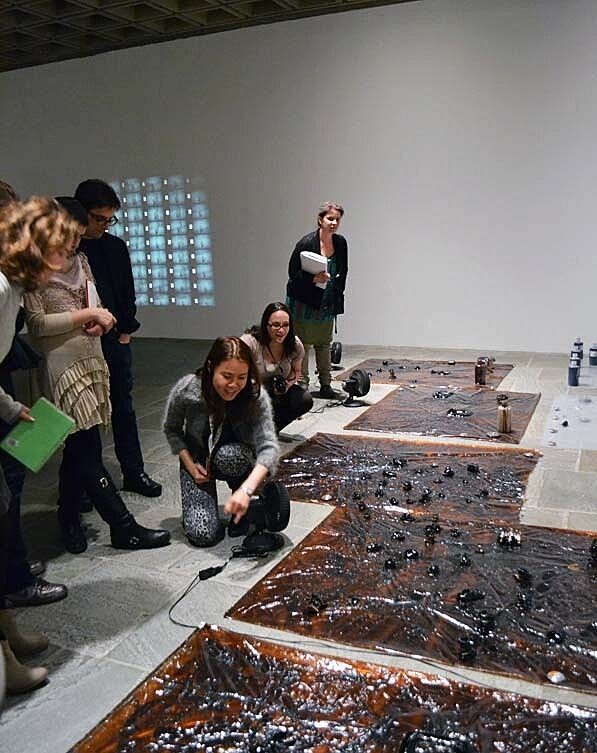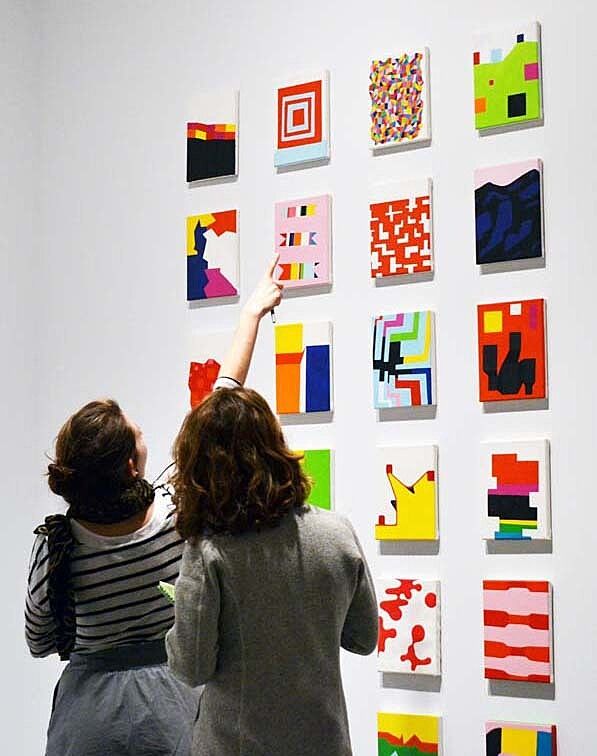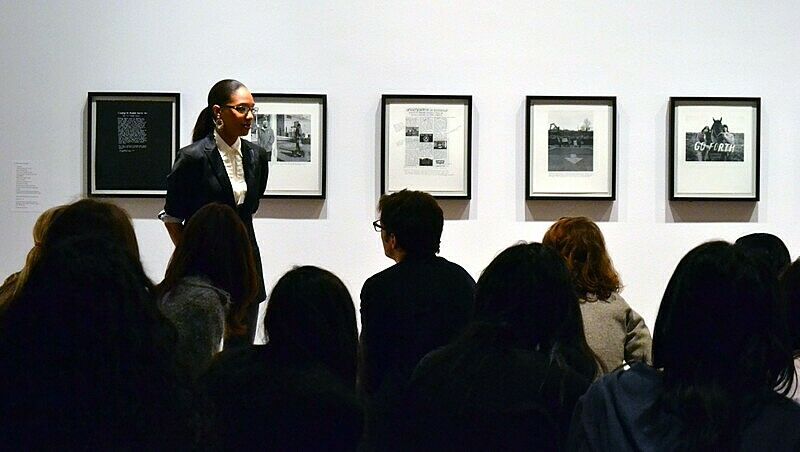Teacher Exchange: Whitney Biennial 2012
Mar 15, 2012
At our March meeting, we had a private viewing of the Whitney Biennial 2012. The exhibition featured works by fifty-one contemporary American artists. Through performance, painting, sculpture, drawing, photography, film, video, and collaborative works, the Biennial presented many provocative ideas related to art and culture. We were led through the galleries by the Museum educators and everyone was buzzing with ideas for cross-curricular connections. As an English Literature and Drama teacher, I was particularly taken by Tom Thayer’s work. His installation of animated videos, mixed media paintings, and handmade puppets started my mind whirring about art, performance, and writing.
In the second part of the meeting, Biennial artist LaToya Ruby Frazier returned to speak with us. This time, the conversation took place in front of her works in the second-floor galleries. Frazier’s photographs were taken in her hometown, Braddock, Pennsylvania. The working-class suburb of Pittsburgh thrived in the first half of the twentieth century as home to a large steel mill owned by Andrew Carnegie. With the collapse of the steel industry in the 1970s, however, Braddock entered an ongoing period of economic crisis. As an artist and critic, Frazier sets out to present her unique perspective about a specific social and political issue that she is invested in; as educators, it is imperative for us to step back from an issue and ask our students to consider multiple perspectives. While others may have found Frazier’s rhetoric strident, I loved it! It seems to me that controversial or politically motivated works tap into our strongest emotions and remind us that art can serve as a powerful catalyst for change.
By Kiara Downey, a participant in the Whitney’s Teacher Exchange program.
Downey teaches English Literature and Drama at The United Nations International School.



